The far side of the world: Chile’s new wine horizons
Louis Thomas journeys across Chile to discover how the country’s viticulturists and winemakers are both battling and working with the elements.
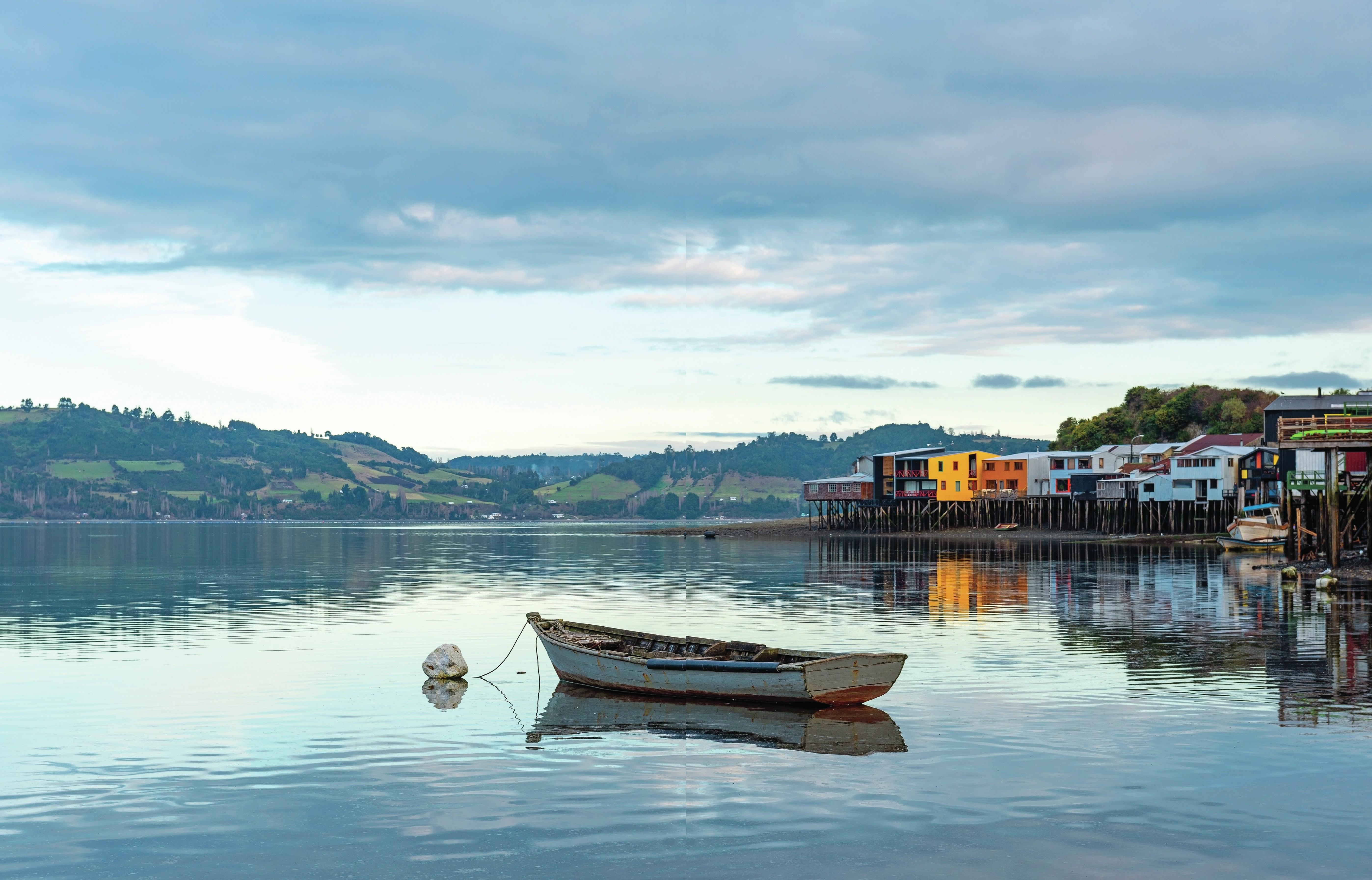
Landing in Chile’s capital of Santiago on a frosty winter’s morning and being greeted with the sight of palm trees against the colossal backdrop of the Andes offers an early indication that this is a country of extremes.
The 4,300 kilometre distance from Chile’s northern border with Peru to its southern tip of Tierra del Fuego is greater than the trans-Atlantic distance between London and Newfoundland.
“We used to make wine from 1,000km north of Santiago down to Bío Bío. Now we make wine far north and far south,” says Morandé’s chief winemaker Ricardo Baettig. More and more producers are taking the opportunity to plant vines along Chile’s great length.
The northern valley of Limarí, for instance, is already becoming a celebrated wine region, especially for its Chardonnay, which makes up about a third (34%) of plantings.
Marcelo Papa, technical director of wine giant Concha y Toro, explains the aridity of the area: “Limarí is almost 500km north of Santiago, around 30° south of the Equator, in an area which is not quite the Atacama Desert, but is on the border, so it receives an average of 80mm of rainfall a year. Bordeaux receives 1,000mm, London 900mm, and Maipo between 300-400mm.” But a northerly latitude does not necessarily equate to hotter conditions, as Papa puts it: “Despite being in the north, it’s actually much cooler, because it’s 25km from the Pacific Ocean, which is very cool thanks to the Humboldt Current – we have penguins, not sharks.”
Limarí has another climatic advantage when it comes to the cultivation of Burgundian varieties.
“One of the particularities of the area is the camanchaca phenomenon – meaning cloudiness – with clouds coming from the ocean during the night,” says Papa.
“So when you wake up it’s cloudy, like London, but by midday the clouds retreat to the ocean. By the afternoon we get a blue sky. This is ideal for Chardonnay and Pinot Noir, as they don’t like too much sun. It’s enough to ripen the fruit, but not enough to burn the natural acidity.”
Another factor that aids in the preservation of acidity are Limarí’s limestone soils. Felipe Müller, CEO and chief winemaker of Tabali calls the ancient marine terrace that the Tabali vineyard is planted on “the secret”.
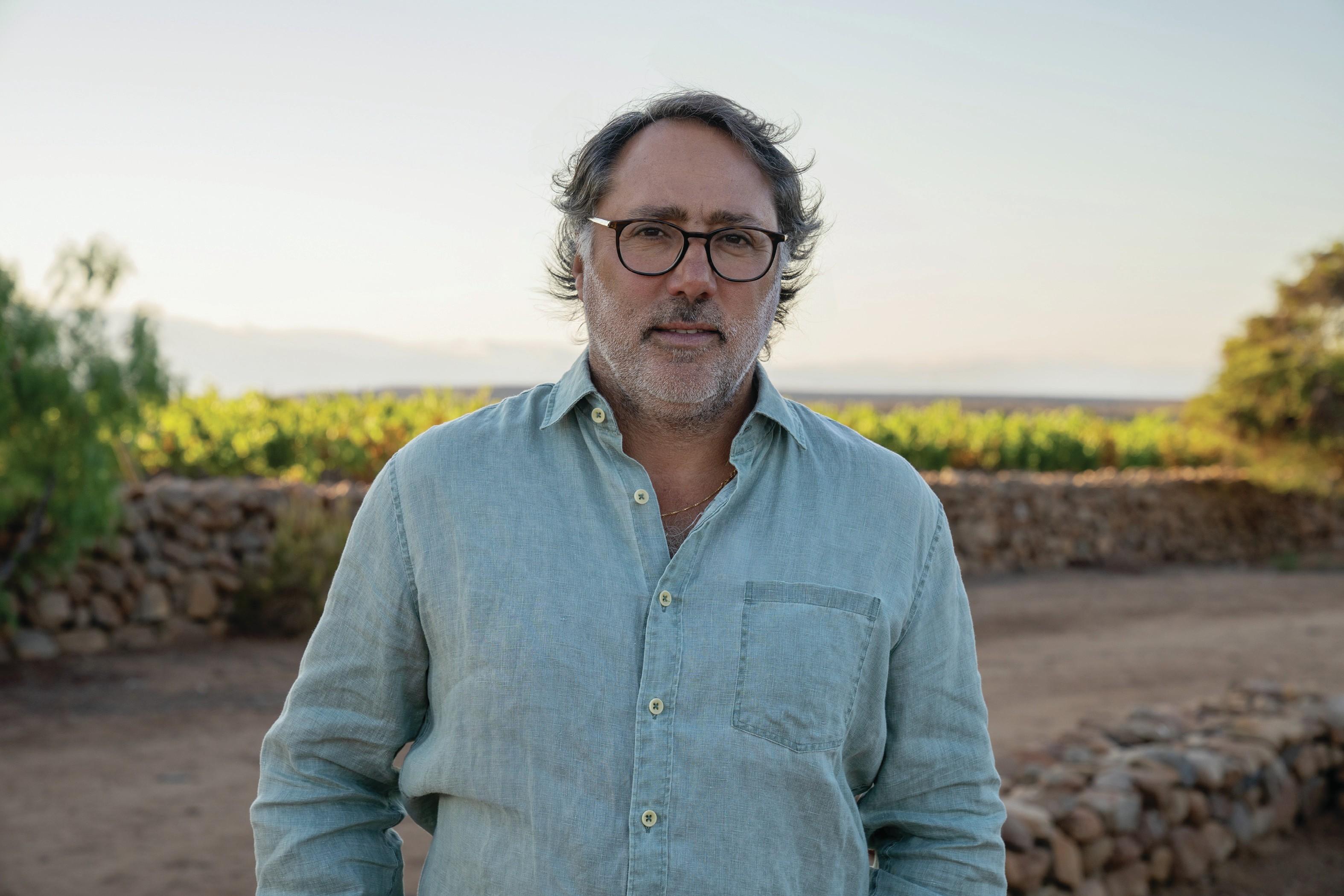
Among the wines he has created from this is Tatié, a traditional method sparkling produced in partnership with Joseph Perrier owner Champagne Thiénot. This brut blend of Chardonnay (60%) and Pinot Noir (40%), which spends 30 months on the lees, has apparently got such notable freshness, thanks to the highly-fractured, porous chalky soils, that Müller has been able to present the wine to members of the trade in Paris who, upon tasting, were convinced that it was from Champagne, rather than from the north of Chile.
Pacific problems
The Humboldt Current isn’t the only maritime factor at play for Chilean viticulturists.
For Tomas Muñoz, chief winemaker at Viña Errázuriz in Aconcagua, there are “pros and cons” to the Pacific breeze Aconcagua receives: “It preserves colours, aromas and acidity in the grapes, but it also stresses the vines with dehydration.” He also said that, given the variety’s sensitivity to shoot breakage, he opts to plant Petit Verdot in more sheltered areas, whereas Syrah can benefit from the cooler conditions, developing more “floral” aromas than the richer, jammier expressions grown closer to the Andes. The Pacific also brings the twin phenomena of El Niño and La Niña, but winemakers can no longer count on these like they could before, as Maquis’ Ricardo Rivadeneira explains: “Winter 2024 has been the coldest since I joined the winery in 2000. The climatologists predicted that La Niña was coming and we would have a cool, dry winter, but there has been a lot of rain so far. With climate change it is more challenging to predict these conditions. In the last decade we have had some of the warmest vintages, as well as some of the coolest – some years we think we’ll just produce Carmenere, and in others we think we could produce Pinot Noir.”
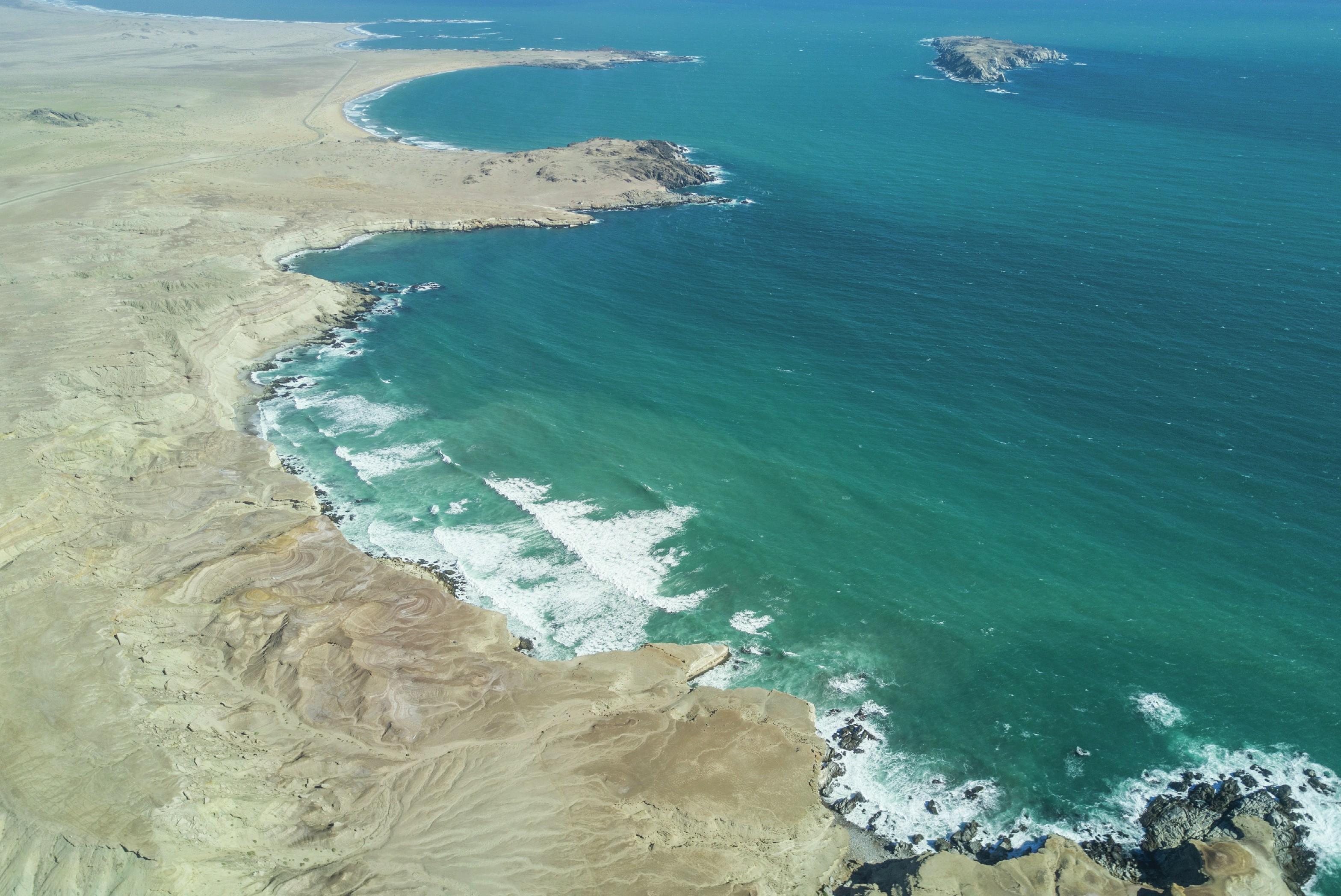
The strangeness of 2024 is also noted by Adolfo Hurtado, CEO of Maquis’ neighbour MontGras, who says that normally Colchagua would receive 600mm of rainfall across the year, and yet by July it had already been soaked with 500mm. An increasingly unpredictable climate has made some producers set their sights further southwards than was even deemed feasible a decade ago.
Wild at Heart
One flight from Santiago, a ferry crossing down to Chiloé, several hours in a car, and a journey in a small boat brings us to Montes’ mysterious project on a remote island 42° south of the Equator, to the east of the main island.
However, there is one hiccup – the night before, the boat due to take us to the tiny island of Añihué sunk, possibly due to a sea lion deciding to sleep on it. Fortunately, a replacement is found, and we are able to make the journey through scenery more akin to that of Scotland or Canada than Chile’s Central Valley.
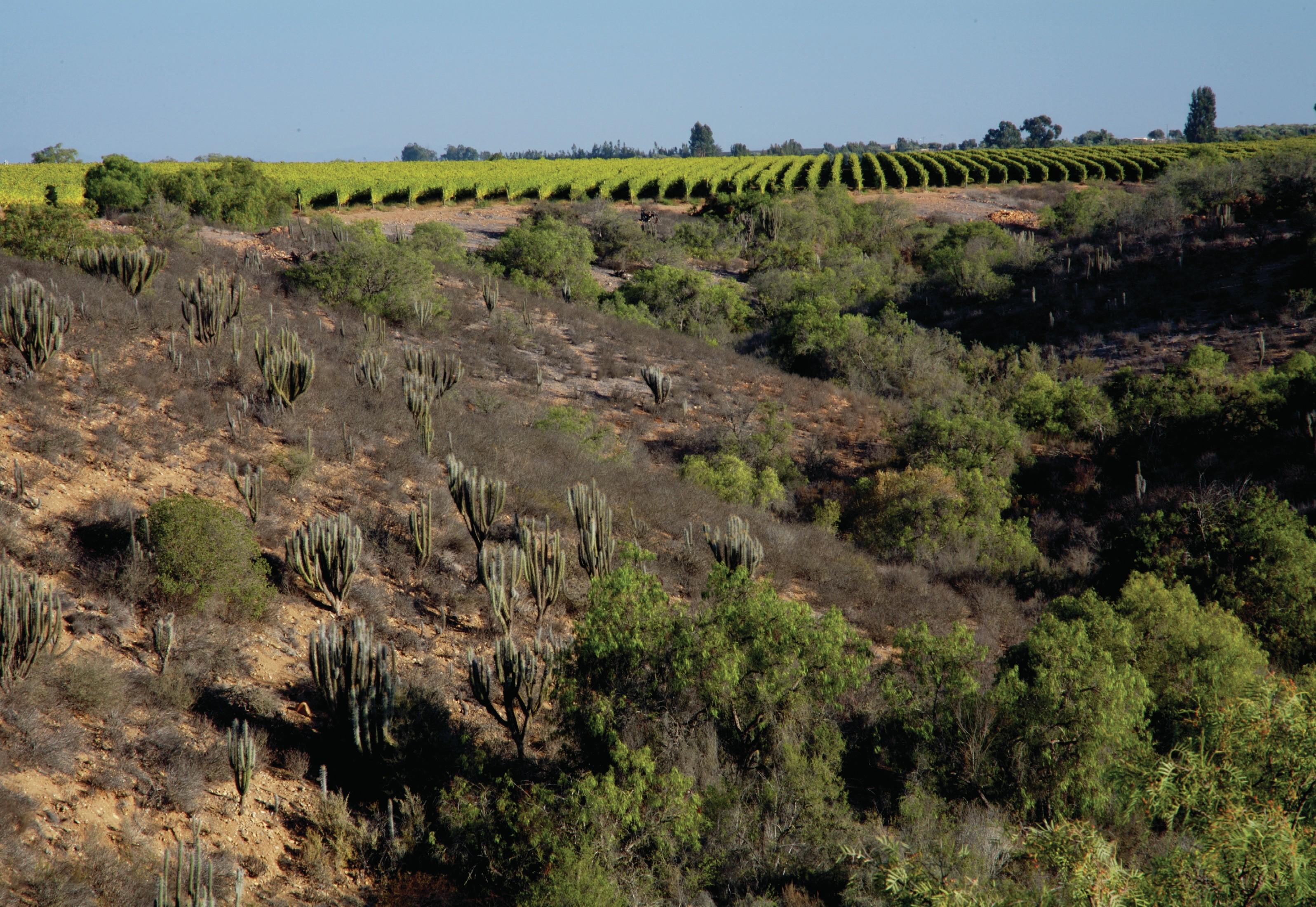
Planted in 2017, this two hectare vineyard, sandwiched between the Pacific and a sheep paddock, is, according to company founder Aurelio Montes, “a university thesis more than a business”.
It’s a notable anomaly for a producer that has made its name in the sunbaked setting of Apalta.
Pinot Grigo, Sauvignon Blanc, Chardonnay, Pinot Noir, Riesling, Gewurztraminer and Alabariño were all planted here – though, unhappy with the ripening results of the latter two varieties, Montes has now grafted Chardonnay onto them.
The vineyard is managed by the enigmatic Juanito – a resident of the island who previously worked on a fish and shellfish farm, but is now, according to Montes commercial director Carlos Serrano, “the most-wanted man on the island: handsome, rich, and single”. Overall, the island has a resident population of around 100.
While Juanito has turned out to be a talented viticulturist, man of action Montes, now in his 70s, was first drawn to the island as it provides sheltered mooring for when he goes sailing. “The water here is about 1°C warmer than it is at the port of Valparaíso, which is at a latitude of 33°,” he notes. The other asset that the vineyard has is its dark, volcanic soil which sucks up the sun’s heat – indeed, sitting down on the ground, it is far warmer than our surroundings.
“I told Juanito to totally clear the soil of grass in the summer,” explains Montes. “If you cover crop, it prevents the soil from warming. In the winter we do need some grass to get rid of the excess of water. We don’t get frosts here because we’re so close to the ocean.”
There were research trials involving adding a layer of seashells on top of the ground to reflect light and heat back into the bunches. “We thought we were being so intelligent, but it didn’t work,” says Montes. “Adding calcium is always good for the vineyard though – it helps to thicken the skins. That’s why the best vineyards in France grow on chalk soil.” Different pruning techniques to reduce the humidity around the bunches and therefore reduce the risk of rot are also being trialled.
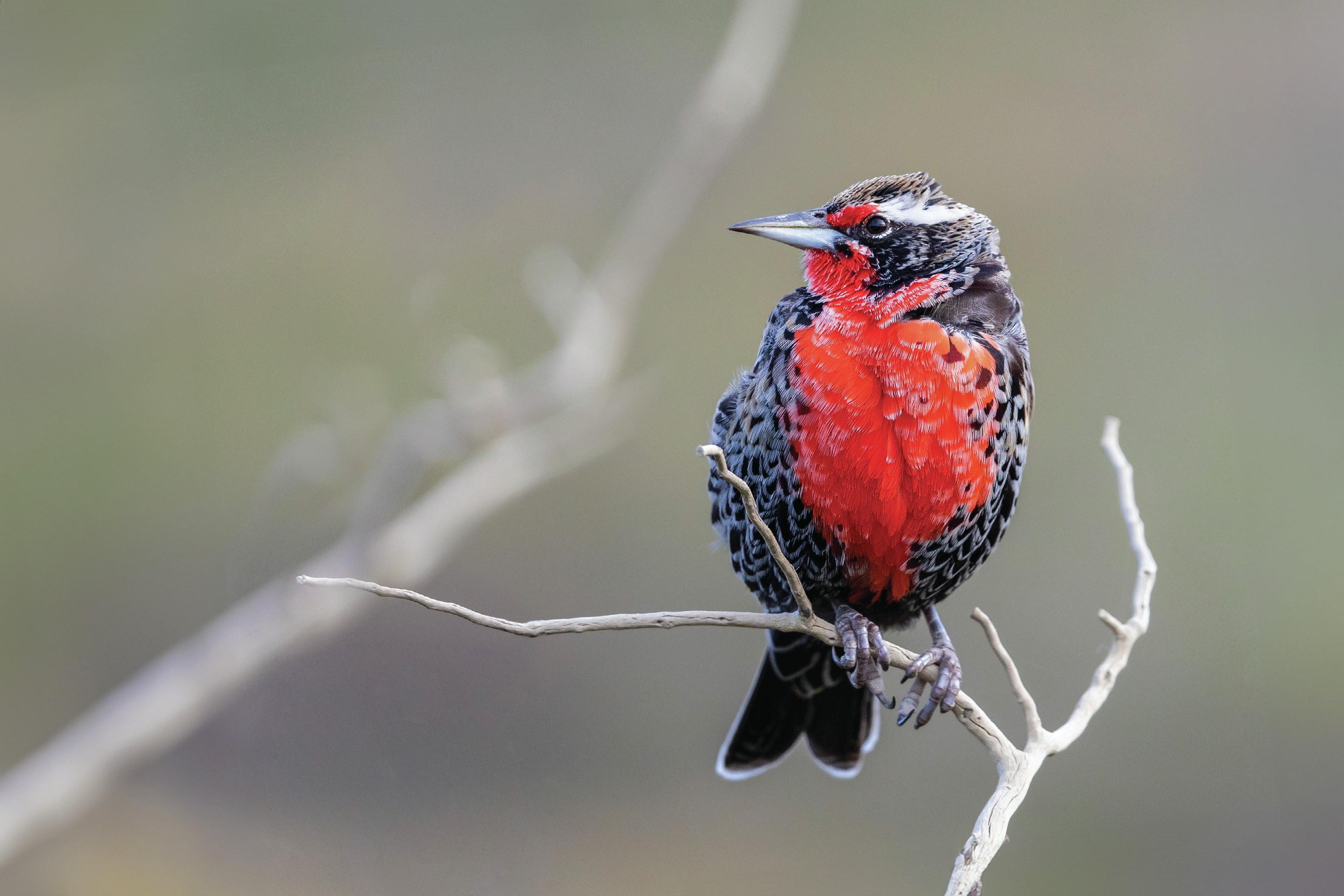
However, while the climate is not as hazardous as one might assume given the island’s latitude, nature still presents one serious peril for the grapes: beavers.
“We’re ecologically-minded, so I didn’t want to kill the beavers,” Montes shares.
“Juanito watched a load of Vietnam war movies featuring traps in pits. So he dug some holes, put the grass on top, and would come back the next morning to find live beavers at the bottom.”
Juanito then took said buck-toothed semi-aquatic pests to the neighbouring island and released them.
“So we probably can’t have a vineyard there now,” jokes Montes.
At present, it is still just a research project – and one that has required a great deal of investment. Montes suggests that while planting a vineyard in a “normal spot” may cost US$15,000 per hectare, doing so on Añihué is “three times as much”. Yields are also very low – around one tonne per hectare, and both the vineyard equipment and the grapes have to be transported to and from the island by small boats.
Montes’ experiment has yielded at least one wine which will have a small commercial future: a traditional method sparkling made from equal parts of Chardonnay, Pinot Noir, Riesling, Pinot Grigio and Sauvignon Blanc.
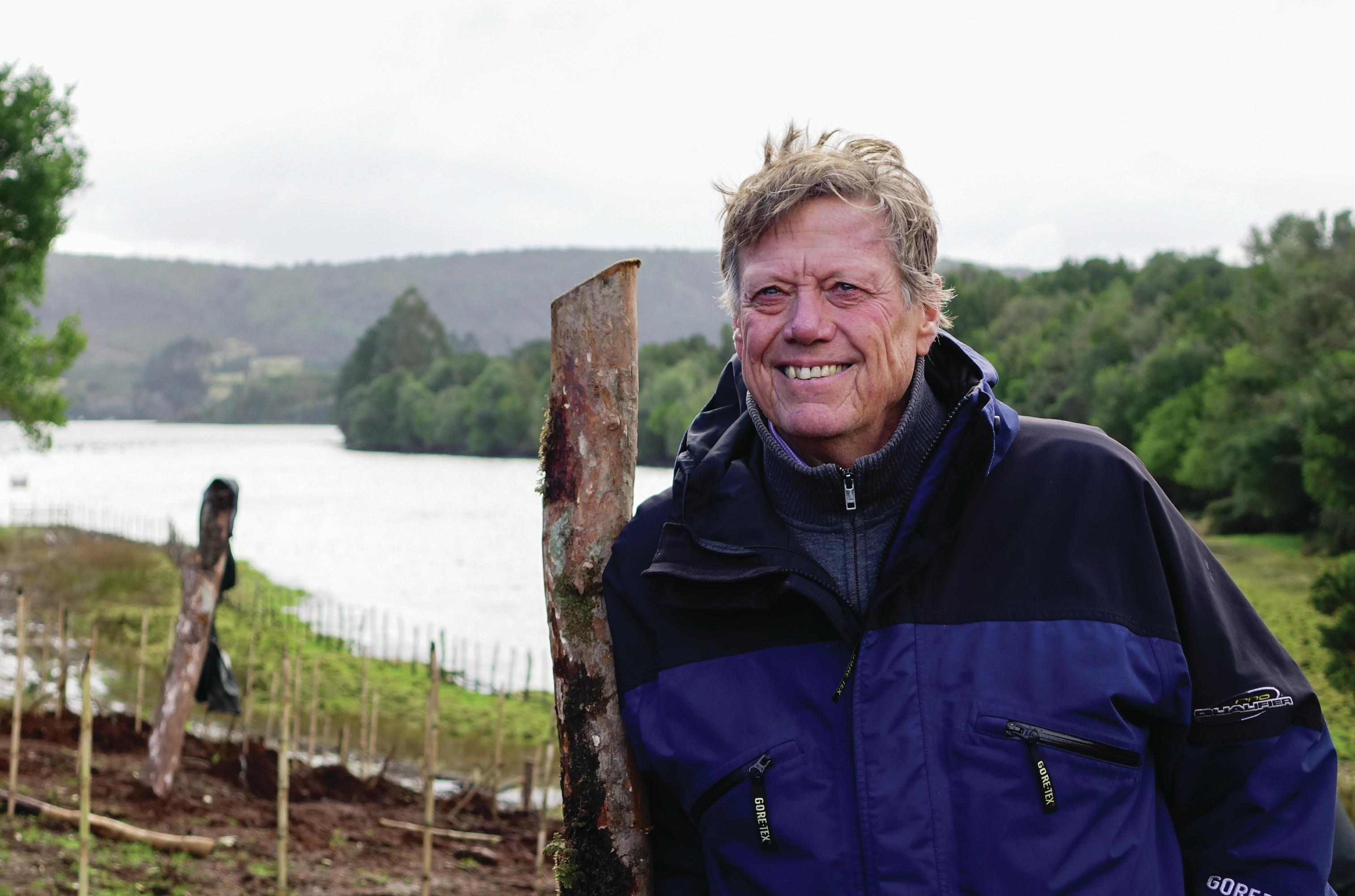
Once disgorged after a total of one year on the lees, perhaps 1,000 bottles of the Sparkling Chiloé will be produced. It also happens to go very well with the local oysters and clams harvested by Juanito.
At World’s End
There are other Chilean producers setting a course even further south in the country, and encountering even harsher conditions for viticulture. Planted in 2018 at a latitude of 46.3° south, Ventisquero’s Patagonia vineyard in the Chile Chico area is in fact, according to winemaker Felipe Tosso, “the southernmost commercial vineyard in the world”.
“It has better weather than Chiloé because you have more hours of sunlight,” says Tosso. “There are days when it can reach 30°C – it’s also very dry, only receiving 250mm of rainfall per year.”
However, such warm spells do not last. The vineyard is buffeted by cool 50 kilometre per hour winds, hence the name of the wine Ventisquero produces here, Kosten, a native term for the winds of Patagonia. The growing season is short, with an average of just 2530 days between veraison and harvest – after then, it gets too cold to pick.
“It’s like a bonsai vineyard – each plant only produces 300 grams of fruit.”
Tasting the wine made from some of that rare fruit, a still Sauvignon Blanc, Tosso says that with its extreme acidity (6.8g/l of total acidity for the 2024 vintage), “you feel the ice of Patagonia” and suggests that it needs time to soften. Given that the vineyard is also planted with similarly sharp varieties Chardonnay and Pinot Noir, Tosso believes that he may produce sparkling wines in future vintages.
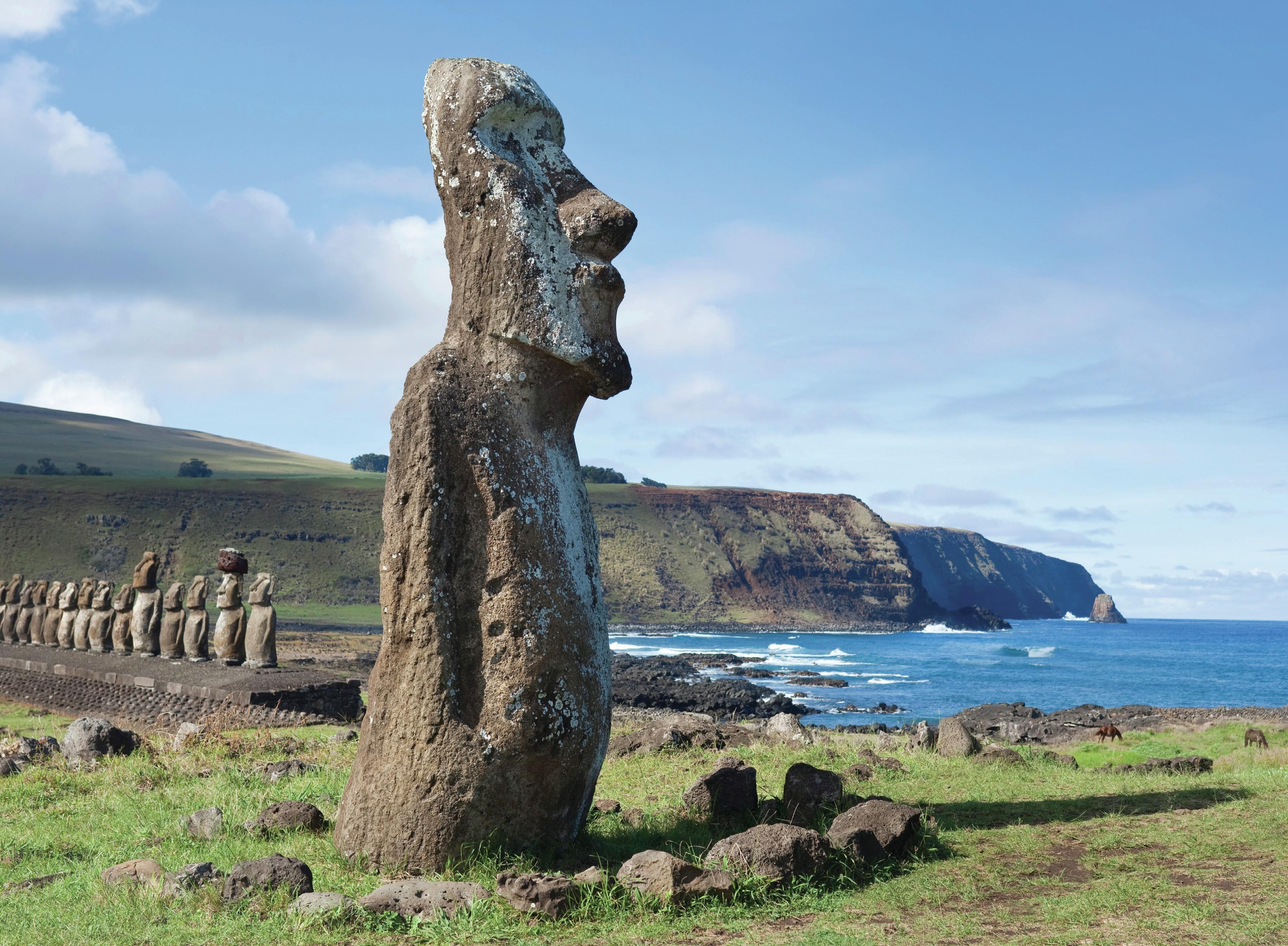
However, it isn’t just a short growing window that makes viticulture difficult in Chile Chico. This truly wild part of the world has a healthy population of birds, which is all the healthier because they have been known to eat the vintage before the pickers arrive – after losing an entire recent vintage, Ventisquero’s vines are now protected by nets.
New Horizons
The ultimate challenge faced by Chile’s wine industry lies in “developing viticulture that can adapt to increasingly extreme climatic conditions, enduring both periods of high and low rainfall, as well as cycles of high temperatures,” says Andres Aparicio, agricultural manager at Viñedos Emiliana.
In July of this year, Chile’s Ministry of Agriculture showed that it is taking this problem seriously, announcing the addition of two new Denominación de Origen (DO) designations for wine – one for the subtropical island Rapa Nui, more commonly known as Easter Island, and the other for the Chiloé Archipelago.
How commercially viable these newly-recognised regions will prove to be in the near future is debatable – both due to their unusual climates and relative remoteness. However, as Chilean winemakers continue to look to new horizons to plant vineyards, it is abundantly clear that there are still territories of this nation yet to be tamed. “The beauty of the wine world is the ability to challenge yourself to do new things,” says Santa Rita’s head winemaker Sebastián Labbé.
Chile’s wine industry certainly has plenty of those who are brave, or perhaps just mad enough to boldly go where no viticulturists have gone before.
VSPT looks to Leyda
- VSPT Wine Group has announced that it will be launching a new Pinot Noir from Leyda Valley called Origin.
- The wine is sourced from a parcel planted on calcarerous soil, close to the Pacific Ocean.
- “We are still in the learning process, and our challenge as producers is just that, to keep improving and studying to produce and deliver increasingly better wines,” says winemaker Viviana Navarrete.
- “The marine influence and cold climate leads to slow ripening, low natural yields, small clusters and small berries, and the strong concentration of flavours and aromas together with a high acid level in the berries,” Navarrete adds.
The ultimate natural wine?
Vik winemaker Cristian Vallejo, a longtime proponent of “circular winemaking”, asks himself the question: “What happens if we age the wine in nature?”
To make Stonevik, Vallejo and his team searched for a place in the hills of the Cachapoal estate to leave amphorae – they found a circle of trees.
“A geologist found a fault crossed by a water table, which makes magnetic resonant energy, which makes the place vibrate – that explains why the trees formed a circle,” he explains.
They then brought a shaman who then said that they needed to place something heavy at the centre of the circle to “activate the energy of Mother Earth.”
The amphorae, filled with Cabernet Franc, Carmenere and Cabernet Sauvignon, were arranged in a formation similar to that of Stonehenge. After 10 months of ageing in the forest, the Stonevik was fined and bottled.
“You can feel that dynamism, vibrancy, and tension – the colour is dark, young, and the acidity makes you salivate. But when you go into the mouthfeel, it feels like it has aged for a long time – the explanation for me is what naturally happens here,” suggests Vallejo. “The pores in the amphorae make the polymerisation of the tannins faster, helping them to lose their edges, and 1000 metres above sea level, the pressure is lower, so the convection movement is faster, so the tannins crash together more and polymerise, and the natural vibrations do that too – some wineries play music, but this happens naturally.”
Related news
